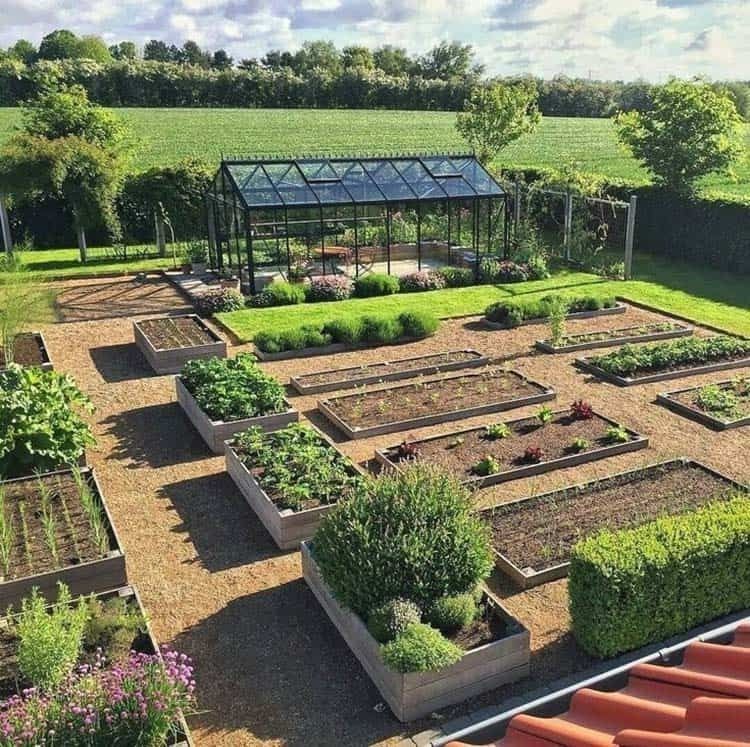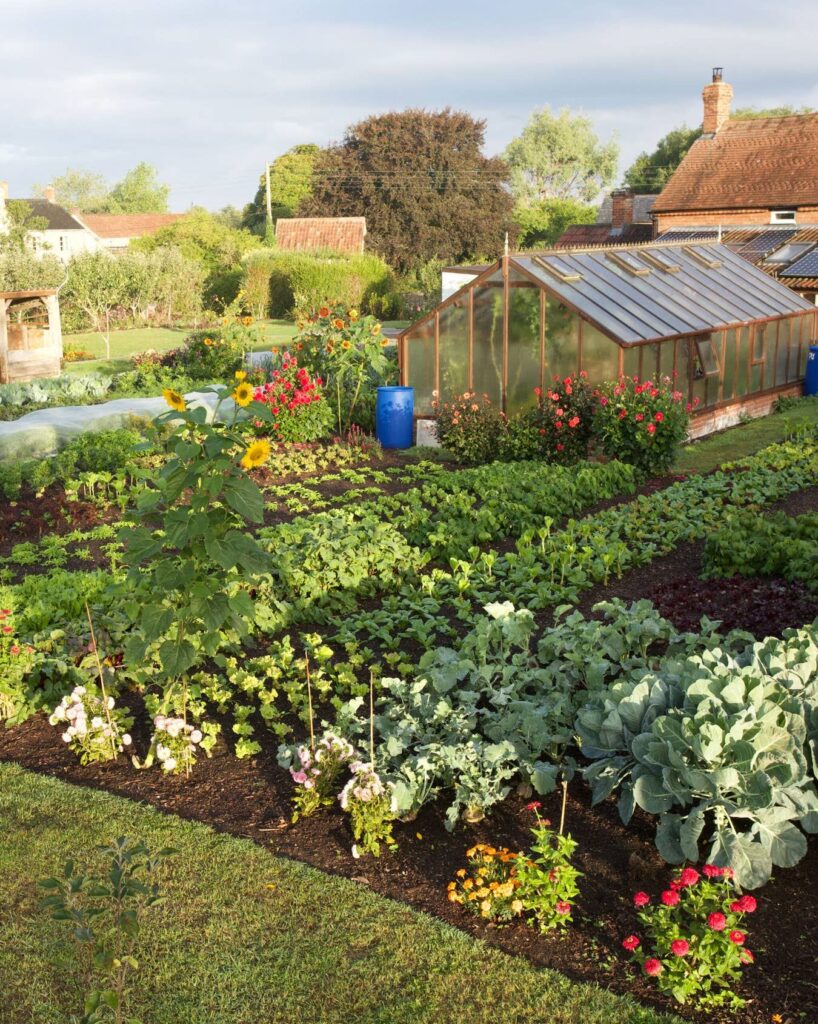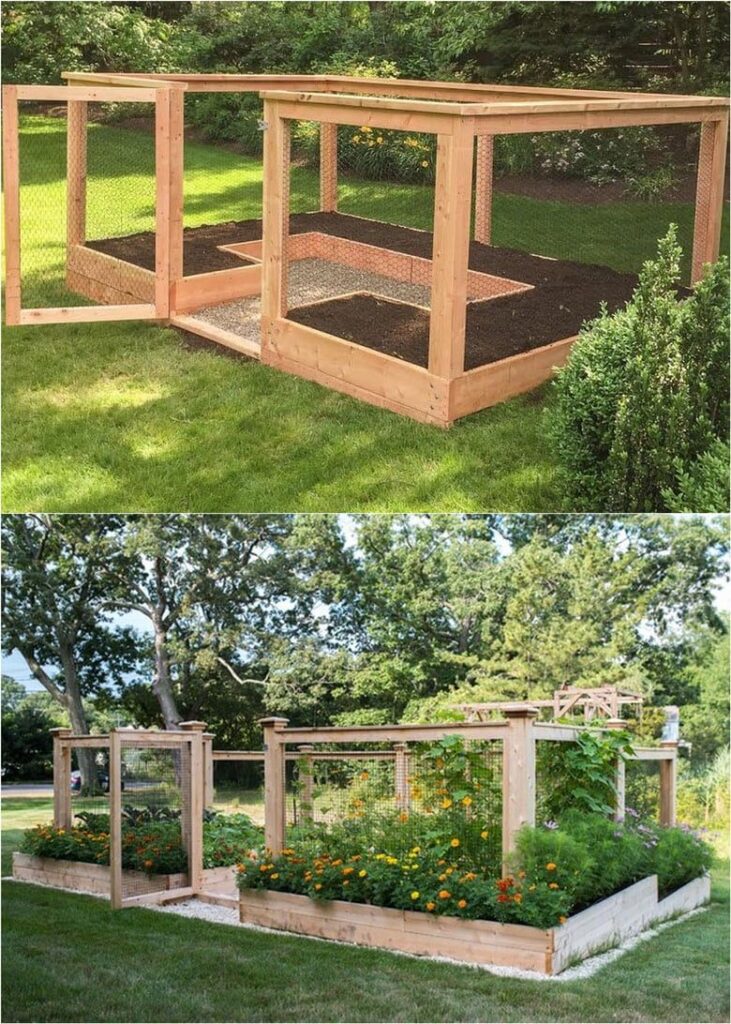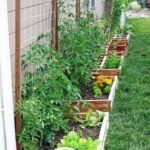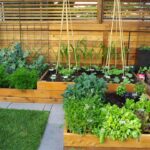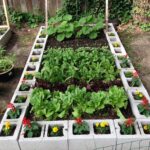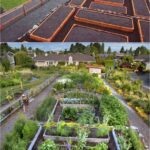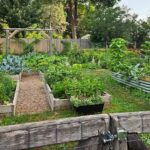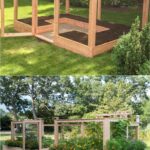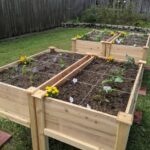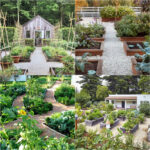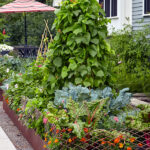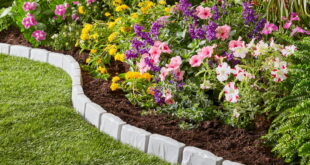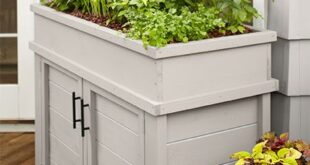Backyard vegetable gardening has become increasingly popular in recent years, as more people seek to grow their own food and reduce their carbon footprint. There are countless ideas and creative ways to design a backyard vegetable garden that is both functional and beautiful.
One popular idea is to create raised garden beds. Raised beds provide better drainage and soil aeration, which can lead to healthier plants and higher yields. They also make it easier to tend to your garden without bending over, making it ideal for those with limited mobility.
Vertical gardening is another popular option for maximizing space in a small backyard. By using trellises, arbors, or even old ladders, you can grow climbing vegetables like cucumbers, beans, and peas upwards rather than outwards. This not only saves space but also creates a visually appealing garden feature.
Companion planting is an age-old gardening technique that involves planting different types of plants together in order to benefit one another. For example, planting marigolds alongside tomatoes can help repel pests, while planting basil near tomatoes can improve the flavor of the fruit. By researching which plants work well together, you can create a more bountiful and resilient garden.
If you have limited space in your backyard, consider container gardening. You can grow a variety of vegetables in pots, hanging baskets, or even old wooden crates. This allows you to move your plants around to the sunniest spots in your yard and easily adjust the layout of your garden as needed.
Lastly, don’t forget to incorporate elements of permaculture into your backyard vegetable garden. By mimicking natural ecosystems and reducing waste, you can create a self-sustaining garden that requires minimal input from you. This might include planting fruit trees, composting kitchen scraps, and using natural mulch to nourish your soil. With a bit of creativity and planning, you can create a backyard vegetable garden that is not only productive but also beautiful and sustainable.
